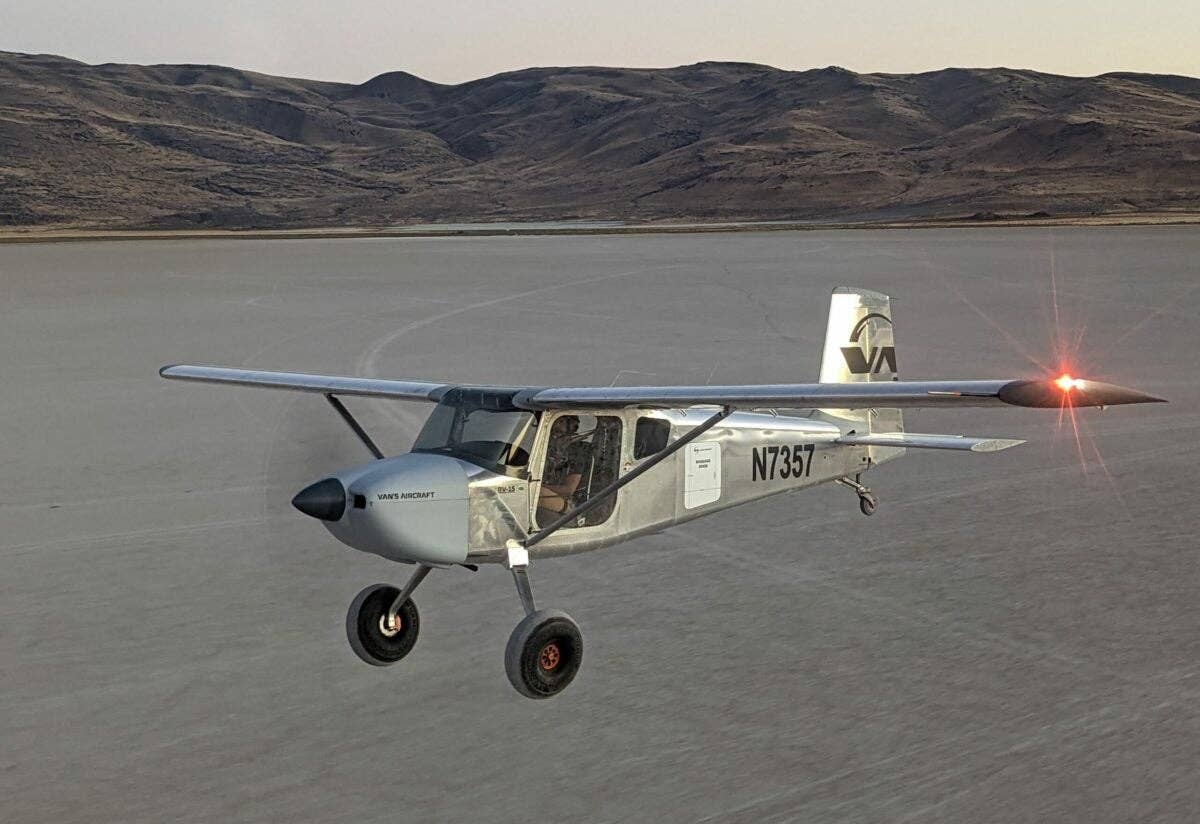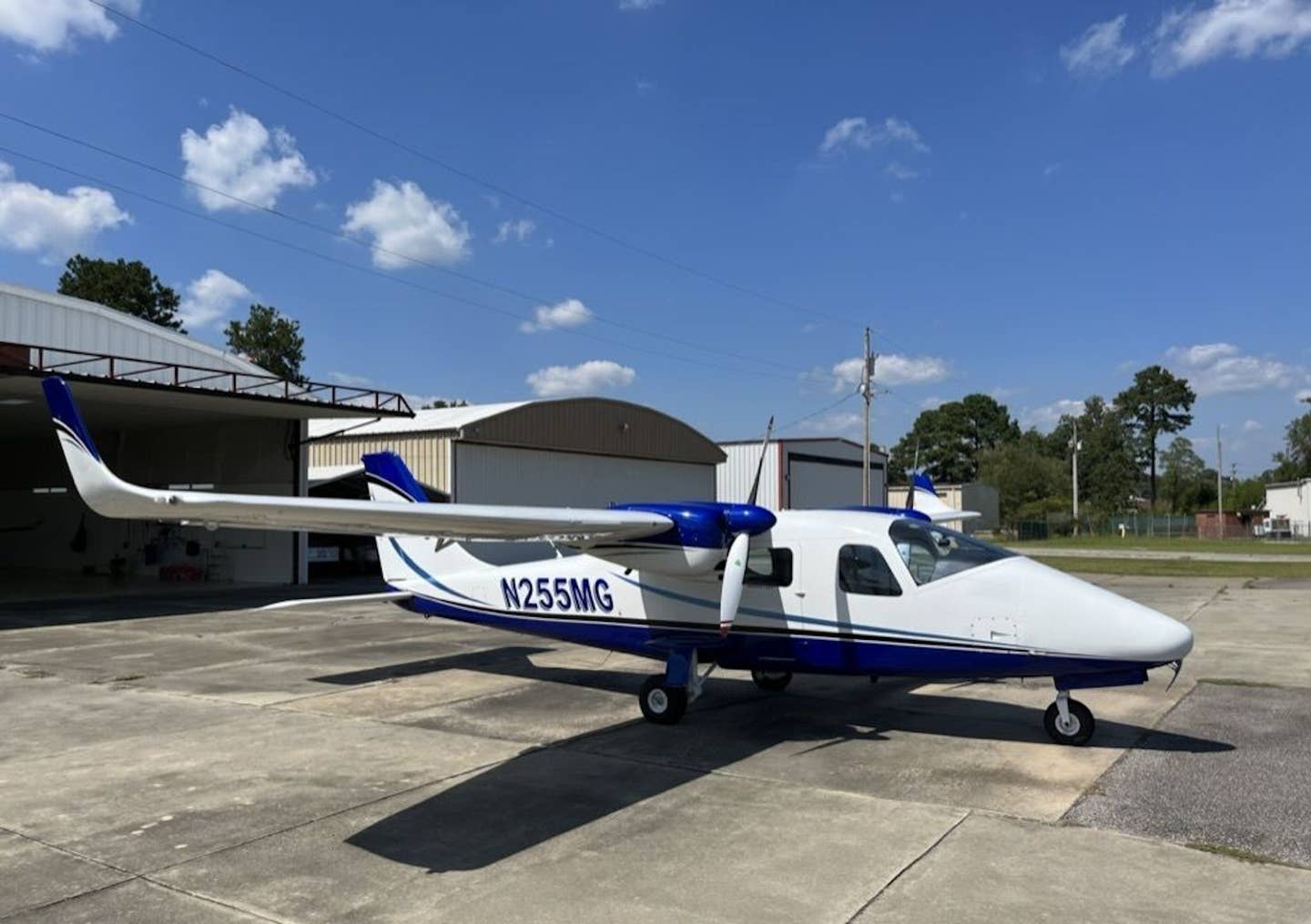Van’s RV-15 Production Pushed to Late 2025
The high-wing, two-seat backcountry airplane is currently undergoing flight testing.

Van’s Aircraft RV-15 [Credit: Matt Beaubien]
OSHKOSH, Wisconsin—As part of its presentation Tuesday morning at EAA AirVenture, Van’s Aircraft offered an update on the high-wing RV-15, which is now expected to move toward production by late next year.
The bushplane was not at AirVenture in part because the flight testing is still ongoing. Van’s engineering staff, which was recently split into development and quality-assurance arms, has focused on other projects but has been back to flying the engineering prototype RV-15 since April. The aircraft is expected to get the team’s full attention this summer.
- READ MORE: The Evolution of Van’s Aircraft
Right now, the team is planning to test a number of different configurations on the existing airframe, including a smaller wing of about 160 square feet—the current wing is 172 square feet. Because the existing airplane has very good low-speed capabilities, the goal is to trade some of that for a bit of cruise speed, though Rian Johnson, Van’s head of development engineering, says the company is happy with the speed it has now.
Of course, reducing wingspan, which is how they intend to make the change, will require balancing aileron and flap areas and may call for other control-system changes to maintain the handling balance they now have (and like).
The engineers have been tweaking the tail feathers, including changes to the stabilator’s anti-servo tab gearing and other details. One of the current tests involves a mechanism that doesn’t fit inside the tailcone, so it’s outside as a proof of concept. Van’s didn’t necessarily want to show it off in this configuration. Johnson noted that it plans to test a conventional tail as well, one that’s close to but not exactly like an RV-10’s.
As previously mentioned, a new fuselage will be built that moves the wing aft 4 inches and subtly tweaks the relationship of seat/wing/engine. The windshield will have more rake, giving the RV-15 a sleeker profile.
Johnson also said that there will be changes to the instrument panel, which was originally placed to help ensure good over-the-nose visibility. He noted that the current RV-15 has better visibility than even some nosewheel RVs, so the panel can get some ergonomic tweaks and not lose that view. It’s not expected that the company will change the powerplant, which is currently a Lycoming IO-390.
Editor’s Note: This article first appeared on Kitplanes.

Subscribe to Our Newsletter
Get the latest FLYING stories delivered directly to your inbox






